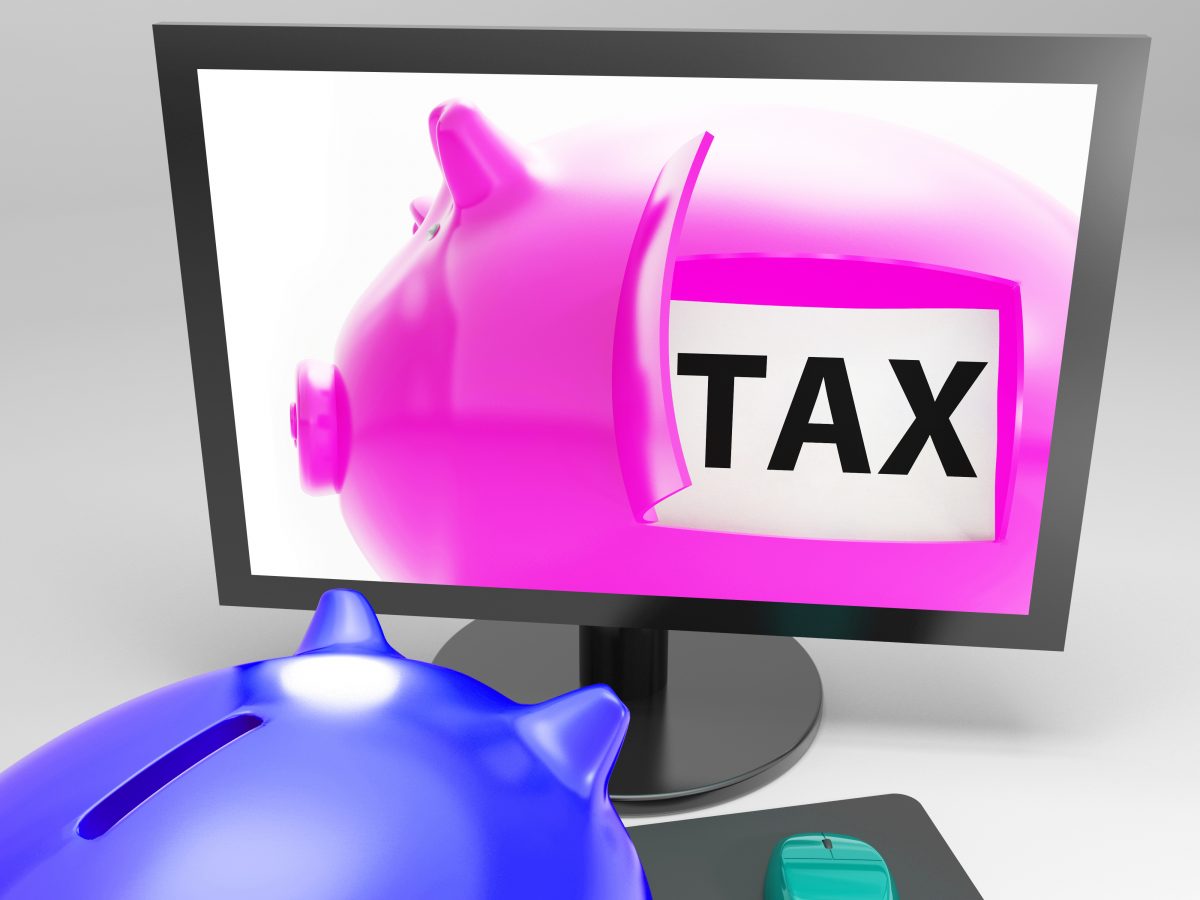I often get asked this by clients -and in typical accountants style – “it depends!”
As as sole trader you do not need to have a bank account set up in the business name. You should always use a different bank account for your business transactions to your personal ones though, as it makes your bookkeeping much more simple, and much easier to deal with any HMRC queries.
It’s really hard for both you and your accountant at the year end to trawl through your personal account working out what was for business and what wasn’t, even if you have all the receipts – and should you be unlucky enough to be subject to an HMRC enquiry they will want sight of your business bank account. If you have to send them your personal one, with business transactions included, they will have sight of all your transactions and that could open a real can of worms!
So for a sole trader – open a separate account in your name, and just use this for business transactions. It is also a good idea to have a savings account where you can put away a bit each month towards your tax bill ( out of sight is out of mind!!) You can transfer an amount each month from the nominated business account to your personal account to live, but do try to keep the two as separate as possible.
For a limited company, (although there is actually no legal requirement to have a separate business account,) HMRC would always expect you to have a business account. This means setting up an account in the limited company name, and after the best free banking period you can find, you will have to pay a monthly fee to use the account. For this account, even more so than for a sole trader you cannot treat it as your own money – it’s not, it belongs to the company, so don’t dip in and out of it when you need cash. Any money you take out of the limited company account is either salary, dividends, reimbursement of expenses or a loan -and all have different tax consequences.
So – do you need a business bank account?
Well, you should always have an account that is just for your business transactions: for a sole trader this can be another account just in your name, but for a limited company, yes -it needs to be an account in the name of your company.
If you have any questions, then please contact Rosie Forsyth.









